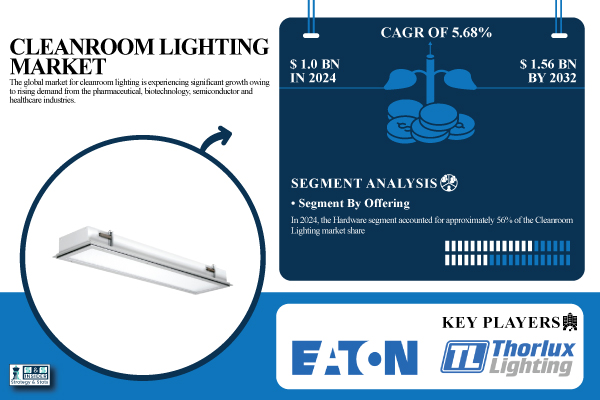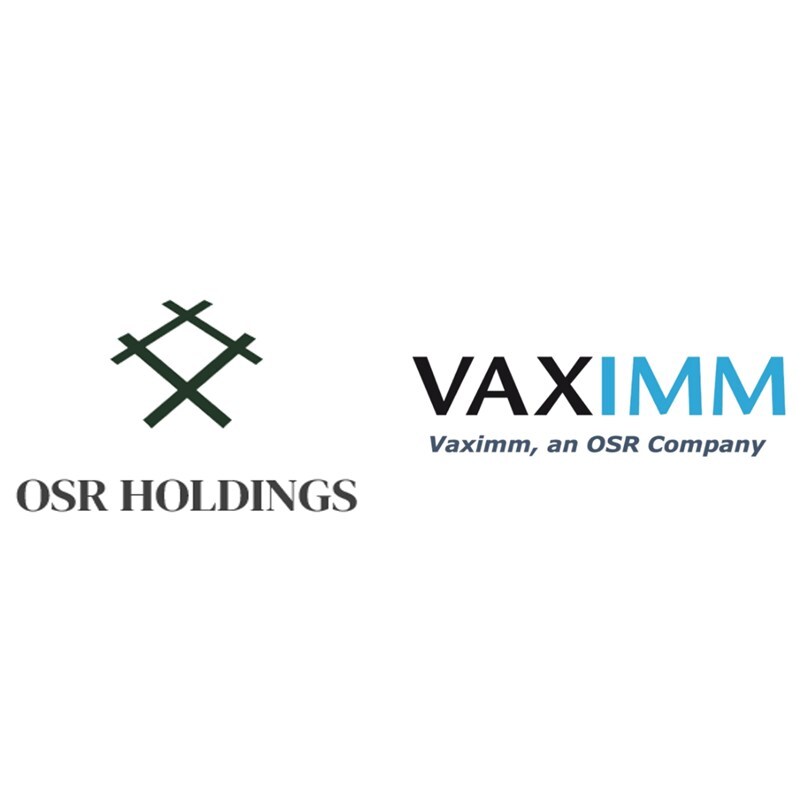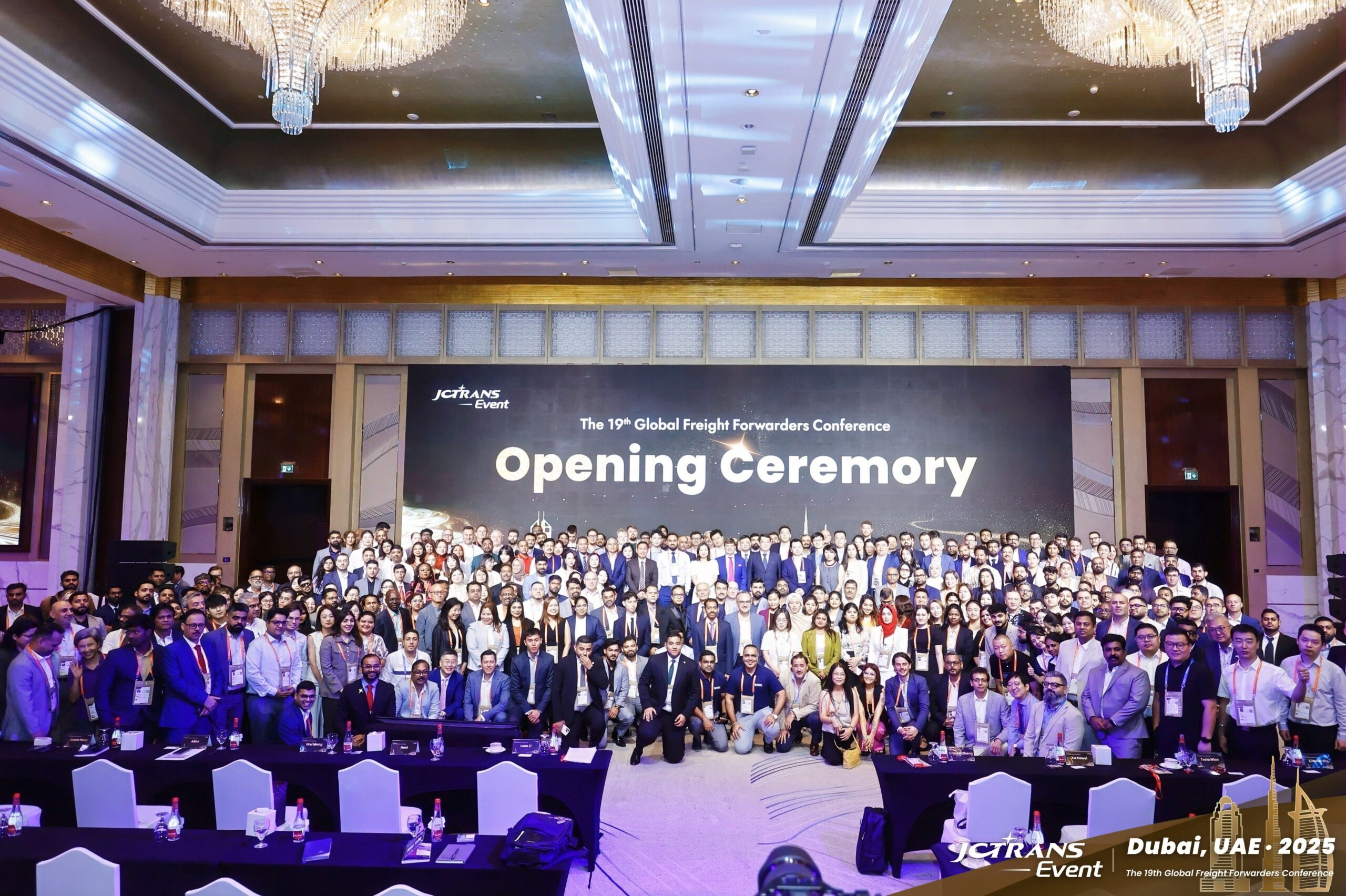Cleanroom Lighting Market Set to Exceed USD 1.56 Billion by 2032

The global Cleanroom Lighting Market is expected to surpass USD 1.56 billion by 2032, growing from a valuation of USD 1.0 billion in 2024. This growth represents a compound annual growth rate (CAGR) of 5.68% from 2025 to 2032, according to a report by SNS Insider. The surge in demand is largely driven by the adoption of energy-efficient, long-lasting, and ISO-compliant LED lighting systems in industries where contamination control is critical.
As sectors such as pharmaceuticals, biotechnology, semiconductors, and healthcare continue to expand, the need for reliable and effective lighting solutions becomes increasingly important. These industries require lighting that not only provides good visibility and even illumination but also meets rigorous contamination standards.
Key Trends and Drivers
LED technology has emerged as the dominant choice for cleanroom lighting, celebrated for its energy efficiency, low heat generation, and long lifespan. The sector is experiencing a shift towards smart and modular lighting systems that enhance flexibility and performance. Additionally, sustainability initiatives are pushing many facilities to transition from traditional fluorescent lights to advanced LED systems, which can integrate features such as UV-C sterilization for air and surface disinfection.
The installation of new cleanrooms, alongside upgrades to existing manufacturing facilities, is fueling the market’s growth. Facilities are increasingly seeking lighting solutions that comply with necessary regulations while delivering optimal performance. For instance, high-efficiency modular cleanrooms equipped with ISO 5/7 zones can improve energy efficiency by up to 30%, as noted by Airkey Envirotech in Miami.
Market Segmentation and Growth Areas
In terms of market segmentation, the hardware segment accounted for approximately 56% of the Cleanroom Lighting market in 2024, driven by the widespread adoption of LED fixtures and control systems. This trend is especially prevalent in FDA-regulated industries, where durability and energy efficiency are paramount.
The software segment is projected to grow the fastest, with a CAGR of 10.09% from 2025 to 2032. This growth is attributed to the increasing demand for smart lighting controls and automation solutions that enhance energy efficiency and regulatory compliance, particularly in IoT-enabled cleanrooms.
By lighting technology, LEDs dominated with around 70% market share in 2024. Their advanced features and cost-effectiveness make them essential in cleanroom applications. Fluorescent lighting, while declining in popularity, is expected to see a CAGR of 8.96% during the same period, appealing to mid-scale cleanroom operations due to its legacy compatibility.
Moreover, the surface-mounted segment held about 61% of the market in 2024, favored for its ease of installation and low maintenance. The recessed segment is anticipated to witness the fastest growth at a CAGR of 6.65%, addressing the needs of high-end applications requiring flush-mounted and contamination-free lighting solutions.
The healthcare and life sciences facilities segment also represents a significant portion of the market, holding around 44% share in 2024. This sector is expected to grow at a CAGR of 8.34% from 2025 to 2032, driven by heightened demand for contamination-free environments in hospitals and laboratories.
Regional Insights and Future Outlook
North America currently leads the Cleanroom Lighting market, capturing a 44% revenue share in 2024. The region benefits from a strong pharmaceutical and biotechnology presence, along with significant investments in cleanroom infrastructure and stringent regulatory standards.
Europe is projected to experience the fastest growth rate from 2025 to 2032, with a CAGR of 7.33%. This growth is fueled by investments in pharmaceuticals, the adoption of energy-efficient LED lighting, and a focus on sustainability.
The Asia-Pacific region is also gaining traction due to rapid industrialization and rising demand for energy-efficient solutions in the pharmaceutical and electronic sectors. Meanwhile, Latin America and the Middle East and Africa are witnessing steady growth as new healthcare infrastructure projects emerge and regulatory compliance tightens.
Recent developments in the market include significant contributions from companies such as Zumtobel, which recently provided advanced lighting solutions for InoBat’s new battery cell production facility in Slovakia. This facility is equipped with industry-standard cleanroom luminaires designed for optimal safety and functionality.
As the Cleanroom Lighting Market continues to evolve, it presents numerous opportunities for innovation and investment, particularly in underpenetrated areas. The ongoing emphasis on sustainability, energy efficiency, and compliance will likely shape the future landscape of this vital industry.






